
Your backlink profile is your kingdom.
Your kingdom needs trusted constituents who will strengthen it and fight for it.
With these trusted allies, you grow your authority across the land and strike fear in the hearts of your enemies.
Yet, there's a chance that some of your constituents will walk away without rhyme or reason. They stop speaking your name, and choose to ally themselves with others who are vying for power.
If this happens without you knowing about it, you lose your authority, attract discord and risk an uprising in your kingdom. Your whole empire could topple.
For this reason, your backlink profile must be monitored. If you lose backlinks from good websites, you lose their link juice and risk losing Domain Authority.
Your SEO competitors might even steal those backlink opportunities from you, gaining a new advantage over you.
Today, you'll learn how link reclamation can help you build, maintain and improve your backlink profile.
You'll do all this and learn how to discover low-hanging fruit—backlinks you can reclaim easily—right in your SEOptimer dashboard.
What is Link Reclamation?
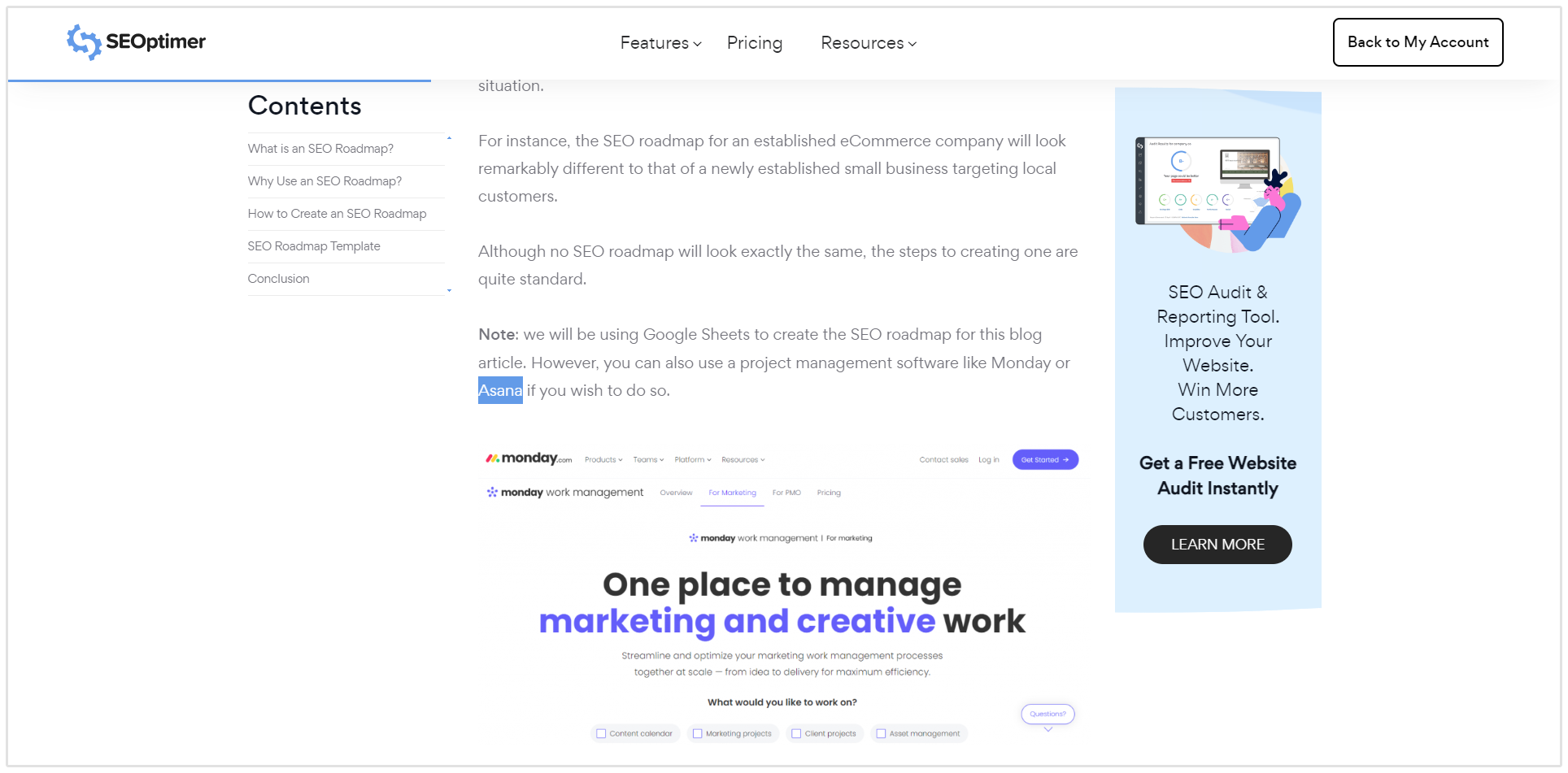
Link reclamation is the process of finding opportunities online where a blog or site mentions your brand but doesn't link back to your site.
There are lots of reasons why they didn't properly link to your site: typos in the URL, not knowing which URL to include, lack of awareness of the SEO benefits it would bring your site (and their site too) or just plain forgetfulness.
However, what matters most is leveraging these opportunities to acquire a link from the site.
An example of a link reclamation opportunity is if there's a page that mentions "SEOptimer" in the content but doesn't link back to the site. This type of opportunity is referred to as a branded term or mention.
If you have a prominent or household brand name, you can expect people to write its name on their sites all the time, and they might not always feel the need to add links.
In the example above, since the site or blog did, in fact, mention SEOptimer and didn't link to them, then we're in a great place to respectfully request a link back.
The webmaster already knows and respects our brand enough to mention us. Why wouldn't they pop in a link if it's helpful for us?
Sending the webmaster an email asking them to link back to your site is the most common way of setting link reclamation in motion. However, we'll discuss other ways to reach out to the site owner later on.
First, let's take a look at all the different opportunities you might have to engage in link reclamation.
6 Potential Link Reclamation Opportunities
Aside from branded terms and mentions, there are other link reclamation opportunities out there, mainly based on the type of content you've produced.
Keep in mind that not all opportunities apply to all sites, so do your due diligence by determining which ones fit your situation best.
1. Broken and Lost Links
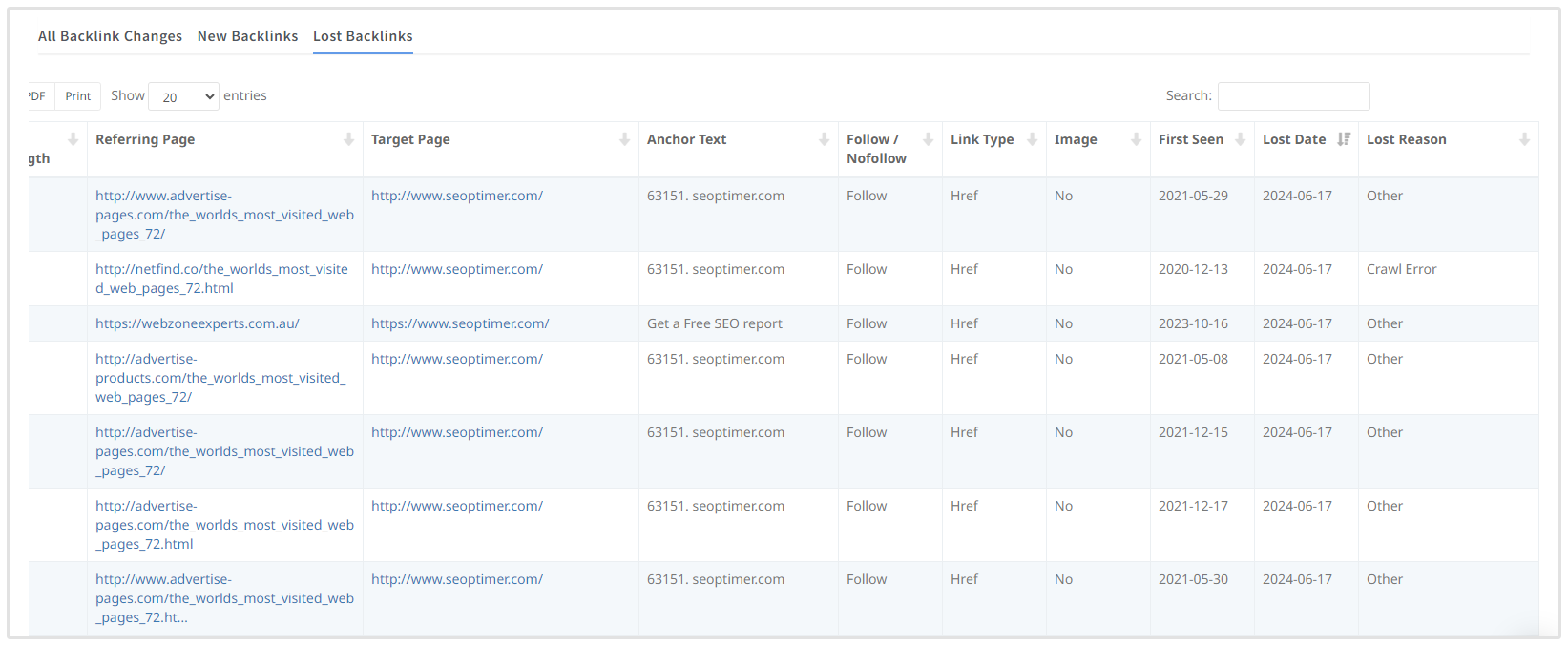
After you see that you've had a backlink added on another site, it's possible you'll see it break or become lost.
There are tons of reasons why this might happen: The page might have gone down, the webmaster might have erased or updated the part of the content where your backlink was placed or—in the worst case—they might have replaced your link with a link to another resource.
That last one's a tough one to get back, but luckily it's also rare. Most of the time, the webmaster didn't intend to change the link and, if they have the time, could very well be willing to link to you again.
Link reclamation for broken and lost links is when you these pages where your former backlinks no longer exist and find a way to recover them.
This is the most common (and generally the most successful) form of link reclamation, and it's a great task to add to your regular SEO work in order to maintain your backlink profile.
2. Coined Terms
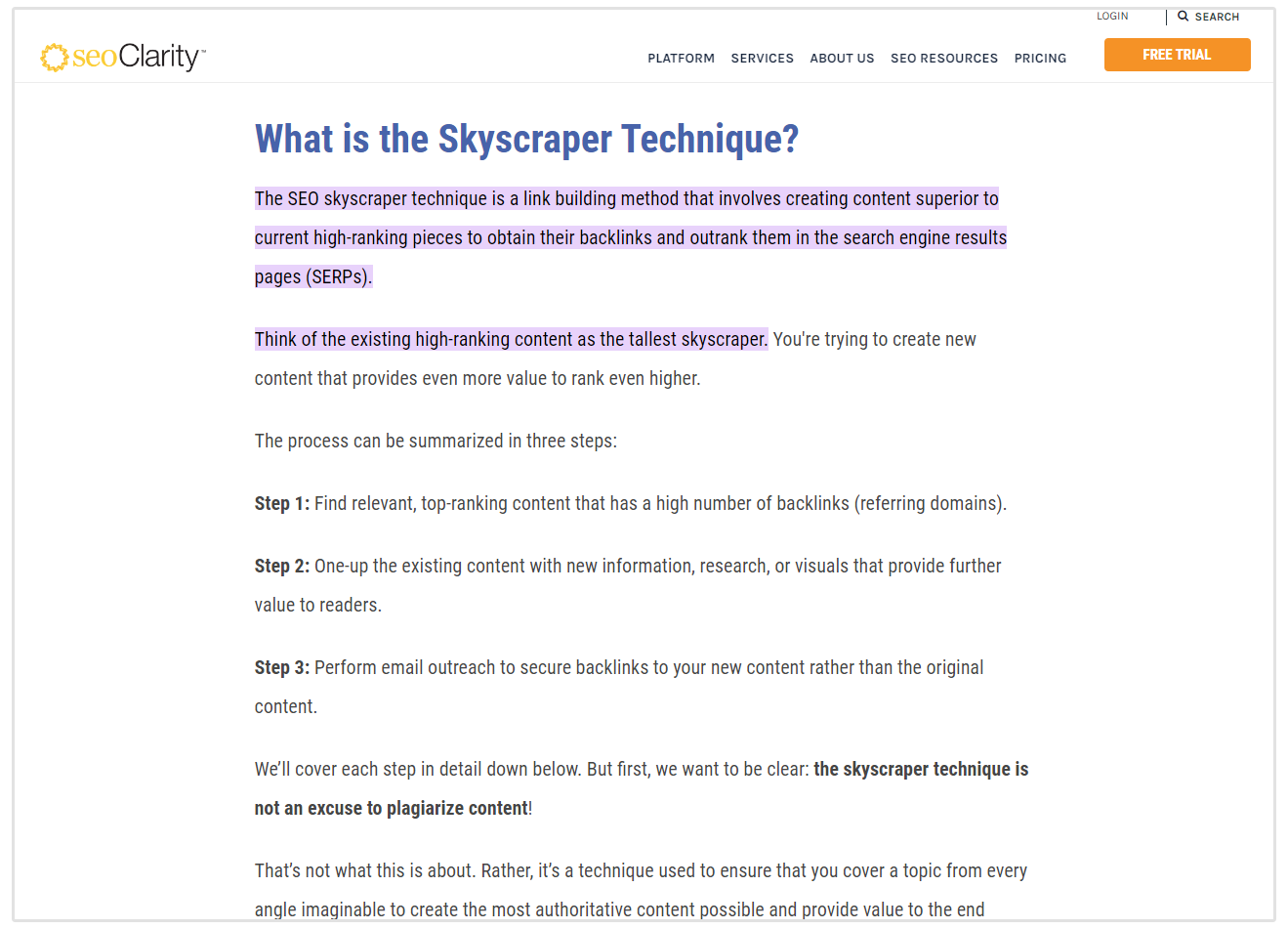
If you came up with a term that's widely used nowadays, then there's a possibility that some people liberally use the term without knowing where it originated.
An example of a coined term is "Content Shock" by Mark Schaefer or "Skyscraper Technique" by Brian Dean. See how I've linked back to their content within their coined terms? That's the goal for anyone who's got coined terms floating around the internet.
While it's not necessarily their fault—maybe they didn't realize that it's someone's brainchild—the writer or webmaster could've found a way to trace back the origins of the term and point back to your site.
Having people reference back to your uniquely apt terminology and point to you as a thought leader in the industry can give you a big boost.
In coined term reclamation, you track down mentions of this coined term and request that a link to your site (preferably the content where you first used the term) be added.
3. White Papers and Case Studies
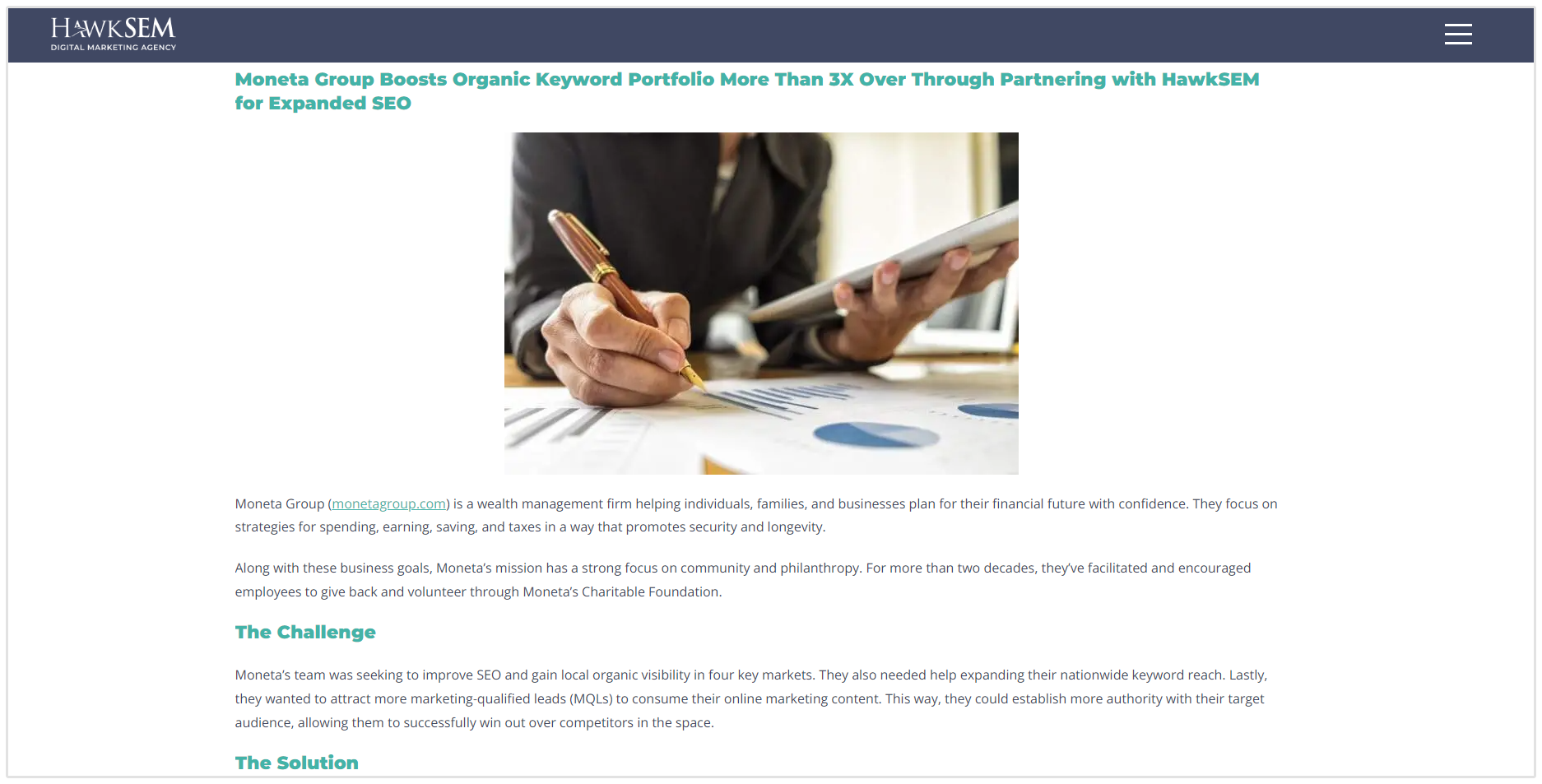
Have you done a ton of research to write a white paper or implement and share a case study?
That's some valuable information.
It's possible that authors and publishers have cited the statistics you've researched for your white paper or case study without linking to the original page where they come from (yours).
You should try to reclaim links from these publishers so you can get your due credit and so their readers will see your page and download the original resources for their benefit.
4. E-courses
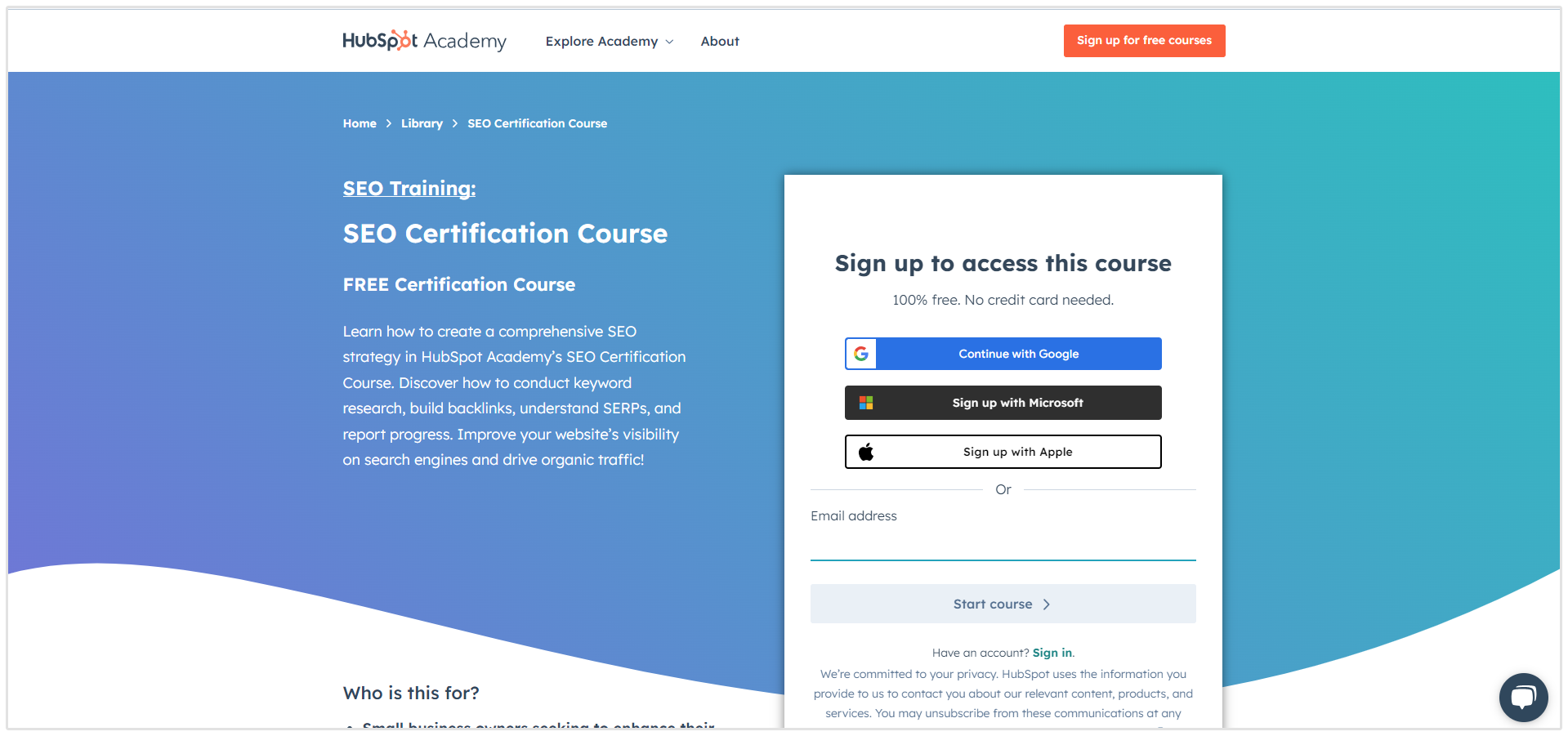
If you have e-courses published online, and you've taught information and tactics unique only to your course, there's always a chance that the students of your course will use this information in their content later on.
Think hard about what's most unique to your course, and try to look for those key words and phrases online. You can even see if they've mentioned the title of the course, your brand's name or your name in content that's discussing your material.
When you see a former student weaving that knowledge into their content, reach out and request a link back. Since they clearly appreciated your knowledge, they'll likely be happy to link back to you!
5. E-books
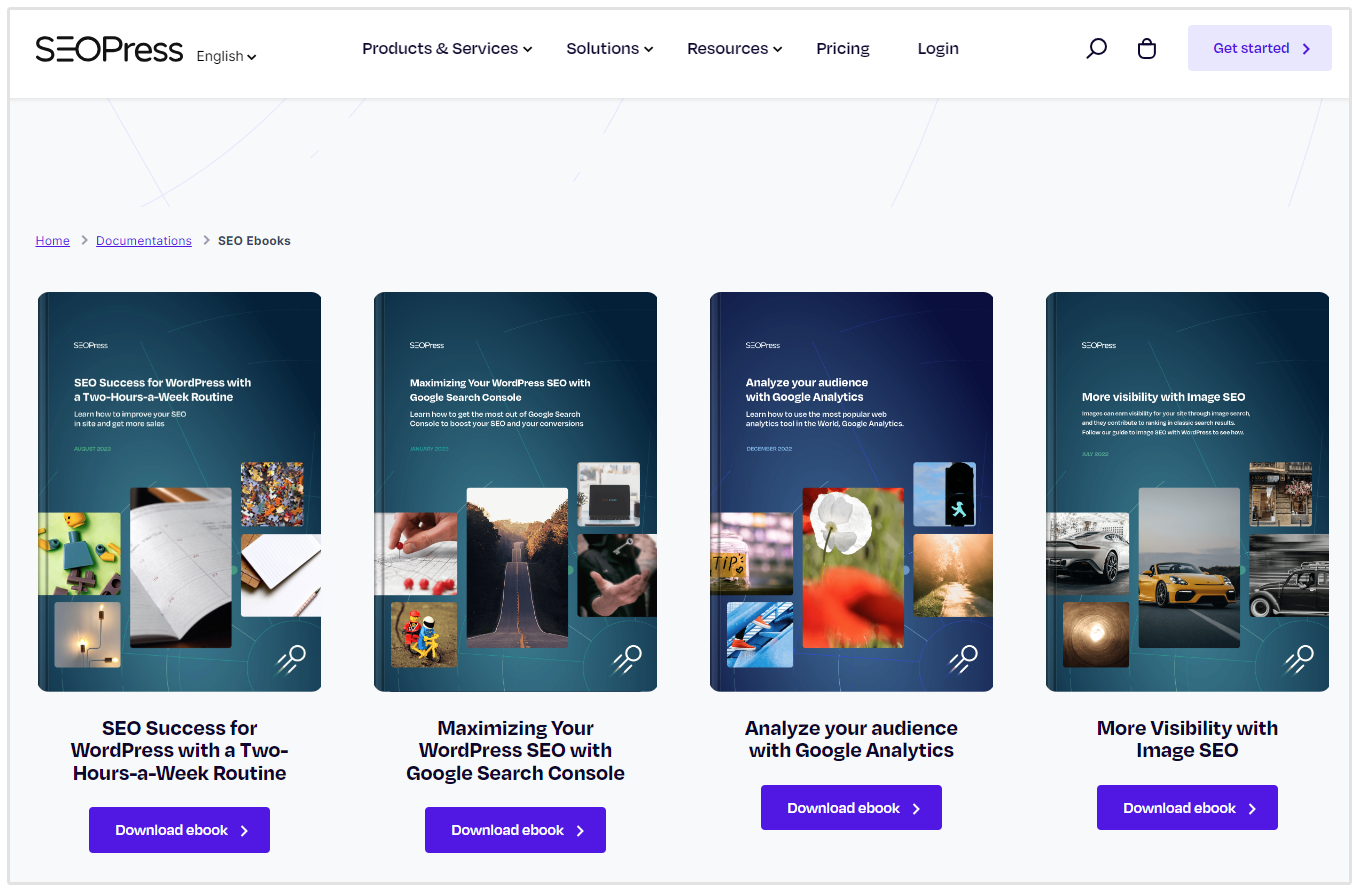
E-books are fantastic materials to offer site visitors. Lots of digital marketers are involved in selling e-books, offering them as free gifts and giving them in exchange for joining a mailing list.
Similar to the case with case studies, white papers and courses, there might be unique information in your e-book that's mentioned on sites that didn't link to your site.
You might even find the complete e-book being offered somewhere else. If it's something that you're offering for free, this should be no real problem—it can even be advantageous to have this hosted in multiple places so long as your scoring links back to your site.
6. Infographics

Infographics are highly shareable content. It might even be too shareable.
There's a risk that people featured your on their site but didn't link to your site. They might even have linked it to the wrong site because they initially found it somewhere else, even though you personally created or commissioned the infographic for your brand.
Search the web for your infographic and reclaim your links!
We know link reclamation is a valuable practice, so we designed the SEOptimer tool to help you carry out your link reclamation strategies—particularly the ones involved broken and lost backlinks.
Its features and functions are all dedicated to helping you track, observe and improve your backlink profile.
While you'll need another tool like Yext or Mention to help you with the unbranded mentions we've noted above, SEOptimer can help in a few areas:
- Finding lost and broken backlinks — This is an ideal starting point for link reclamation outreach. Since the site has already linked to you previously, they'll be more likely to link to you again. Plus, they'll probably be more than happy to correct a broken link on their page. It's a quick fix and is beneficial to their SEO and UX.
- Tracking your link reclamation progress — With SEOptimer, you'll be notified when you score a new backlink from your outreach strategy. Whether you're working with broken links or unbranded mentions, SEOptimer will help you see the results. Sometimes a webmaster makes a promise to add your link, but forgets to follow through. If that's the case, you can follow up.
- Making sure you never lose another backlink. — You'll be notified of any changes to your backlink profile as they happen. If another backlinks breaks or is lost, you can take action right away.
In your SEOptimer dashboard, click on the Backlink Monitoring tab on the left, then add your website.

Once a new domain is added, the tool will find your site's backlinks on your behalf. Then, the backlinks are organized and scored according to different SEO metrics such as Domain and Page Strength, Date Seen, Anchor Text, Type, and more.
Here you can easily find Lost Links.
If you want to track coined terms or branded mentions, look for Anchor Text. You can at least see if people tend to link you to certain terms.
Also, using the metrics available in SEOptimer, you need to prioritize sites with high scores. The higher its backlink metrics, for instance, the more authoritative the site is.
By organizing the sites where you'll reclaim your links, you can prioritize the best sites and leave out the harmful ones—good riddance to those.
So I Have a List of Sites Where I can Reclaim my Link. Now What?
Looking for link reclamation opportunities is just half the battle.
In fact, successfully getting your link back from these sites is your toughest challenge yet. Below are steps that you need to follow to properly conduct your link reclamation outreach.
Finding Site Owner Emails
.png)
As mentioned, you can reach out to the site owner via email if they indicated their email address on their site. You can also fill out an inquiry form from their contact page.
However, if you plan on reaching out to hundreds of sites, then manually filling out their contact form is time consuming and inefficient.

If you can't find the email address of the site owner, use Email Hunter or Find that Lead. Both tools will help you find the best email of the person so you effectively reach out to them via email.
Use an Outreach Tool
Once you have their email addresses, you can plug them in an outreach tool like MailShake or Lemlist.
Both allow you to create an outreach drip by sending the site owners emails in succession. The idea is to send at least three emails spread out in days so you can maximize the results of your outreach.
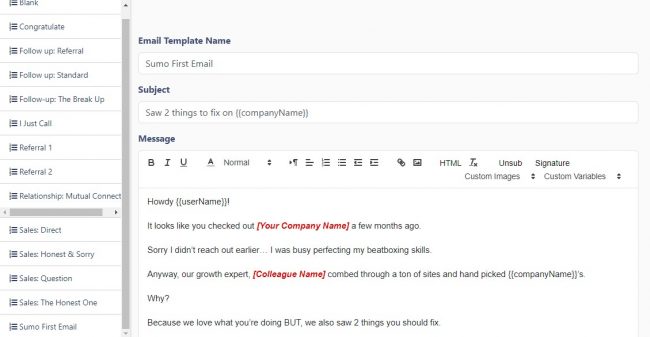
The great thing about both tools is that you can copy and paste your email template and the tool will take care of filling out the name and other information.
Compared to manually filling out contact forms, using an outreach tool lets you send emails to hundreds of people with a few clicks of a button.
Develop Your Email Templates
In this part, break or become lost that you can send to site owners for link reclamation.
Here's a simple template that you can use for the first email of your link reclamation campaign for brand mentions:
Tweak the email template as you see fit. The idea of your email is to give them a reason why they should link back. The more attractive the incentive, the higher the chances they will link back.Subject: Thanks for mentioning [brand]
Body:
Hi, [name of site owner/author]!
I'm [your name,] [position] of [brand]. I just saw that you mentioned [brand name] in your post "[Title]." Here's the link to the post I'm talking about: [link].
I'm emailing to inform you that you forget to link back to our site. I think it'll help your readers find out who we are by including our link in the post so they can click on the link for more information.
Here's the link to our site: [site URL]
Thanks and let me know if I can help you with anything else.
[your name]
For the next couple of emails, you can simply ask them if they read the previous email. A couple of sentences should be enough for your follow-up emails.
Wait and See
Ideally, once you reach out to site owners requesting to link back to your site, they will oblige and immediately include your link in the content. However, that's not always the case. In fact, it's likelier that site owners will ignore your message the first time.
They're probably busy and forgot to come back to it or they just don't want to go all the trouble to correctly to your site. Either way, you're at the mercy of site owners through link reclamation. You can't force them to link to your site if they don't want to.
To make your link reclamation campaign more palatable for site owners, you need to reach out to hundreds of site owners to increase your chances of acquiring a backlink.
Also, you can tweak your campaign for the next batch of emails. However, you can do this after you finish the previous batch and measure the results. Other than these suggestions, there's really nothing more you can do but hope for the best.
Keep your fingers crossed, and keep an eye on your SEOptimer updates to see if links are appearing.
Final Thoughts on Link Reclamation
Reclaiming your links using this method is a trying process. There are lots of variables beyond your control; therefore, you can't guarantee that you'll get a backlink from site despite your best efforts.
It's advisable to find hundreds of link reclamation opportunities so your efforts won't be in vain.
At the same time, if you are adamant about protecting and building your backlink profile like a king would his kingdom, then you need to commit yourself to this strategy.
The backlink opportunities are already out there, waiting for you to notice them. It's a strategy that's well worth your time and energy.










